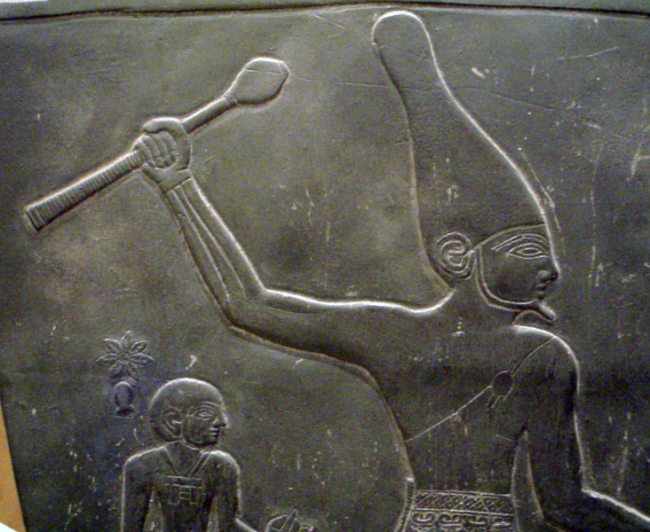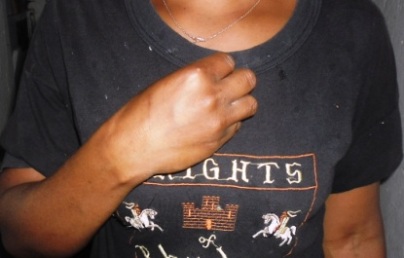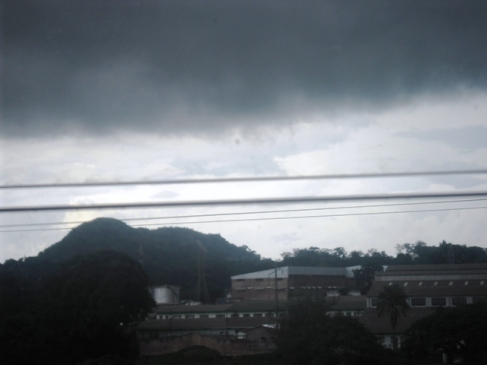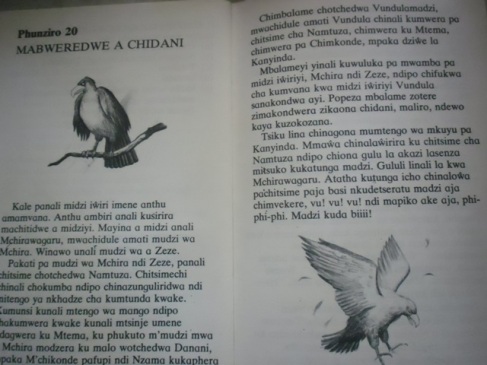
History is the long gone past which will never ever come back again but one where some learn valuable lessons or just document things as part of the ancient history. We are all the same and similar as part of the human race living on beautiful earth.
All countries in the world including in Africa have an ancient history with many like nomads travelling all over the place before borders were created. Some of our ancestors travelled from elsewhere and settled in this ancient land of Malawi etc and nothing wrong with that. In ancient Egypt just like in other ancient African, western and eastern countries there were kings whom many of us call pharaohs and usually viewed as evil.
But were all of ancient Africa’s Kings and Queen evil people?
Pharaoh is a title used in many modern discussions of the rulers of all Ancient Egyptian dynasties. The title originates in the Egyptian term pr ˤ3, literally “great house”, describing the royal palace partly reads the unofficial online encyclopaedia known as Wikipedia.
Historically, however, “pharaoh” only started being used as a title for the king during the New Kingdom, specifically during the middle of the eighteenth dynasty, after the reign of Hatshepsut
Pharaoh, meaning “Great House”, originally referred to the king‘s palace, but during the reign of Thutmose III (ca. 1479–1425 BC) in the New Kingdom, after the foreign rule of the Hyksos during the Second Intermediate Period, became a form of address for the person who was king and the son of the god Ra. “The Egyptian sun god Ra, considered the father of all pharaohs, was said to have created himself from a pyramid-shaped mound of earth before creating all other gods.” (Donald B. Redford, Ph.D., Penn State) , further reads the Wikipedia.
From the twelfth dynasty onward the word appears in a wish formula ‘Great House, may it live, prosper, and be in health‘, but again only with reference to the royal palace and not the person. Likewise throughout ancient Africa royal families belonged to royal houses including this ancient land of Malawi.
But the question remains on whether or not there were any good ancient kings of Africa or were they all bad?
According to a book about the Nile valley, one of the earliest kings of ancient Egypt was King Narmer (Menes) in the Old Kingdom 3150 BC of Dynasties 1-2.
Other kings in the Old Kingdom, pyramid age include Zoser and Unas from 2630 BC till 2323 BC. In the Middle Kingdom there is Mentuhotep II and Senwosret between 2040 BC and 1897 BC while online the ancient Egyptian kings of the New Kingdom include King Ahmose from 1550 BC, Thumose I of 1504 BC, Hatshepsut as the first female pharaoh in 1473 BC, Amenhotep III 1391 BC, Amenhotep IV 1353 BC and Tutankhamen in 1333 BC.
Others include Seti I 1306 BC, Rameses II 1290 and Piye of 750 BC, Shabaka 712 BC and Taharqa 690 BC till online sources list Cleopatra VII 69 BC and then Augustus Caesar in 30 BC reportedly claiming Egypt as a “province of Rome” according to an article that needs additional citations on the unofficial Wikipedia at http://en.wikipedia.org/wiki/Egypt_(Roman_province)?
Can those who are learned and educated or familiar with the valuable and historic beautiful land of Egypt please teach us and verify or describe as false some online information about the so-called “Roman province of Egypt pronounced Aegyptu in Latin supposedly in 30 BC?
In this part of Africa there were also ancient kings including this ancient land but unfortunately there is not a single book listing the names of ALL the ancient kings of this land whom we can suppose would be the equivalent of Traditional Authorities (TAs) today with areas named after their names.
We do hear of some but apparently there are more whose names some Sapitwa healers have been keeping secret till now while others have chosen not to publish,.
Once I clarify the spellings of some names I’ve managed to get and double-check with culture experts and some chiefs, I will publish the names of all ancient kings or chiefs of this land before colonialisation because these are some of the secret words or names ancient healers used to invoke when sending requests to Chauta, Namalenga, Mphambe (God) since in their “primitive” minds they assumed royal spirits were close to the Creator. We know better today in our God-fearing nation.
I will attempt to publish every single name of ancient in my upcoming book once I figure them out and verify the information. Assist me on this journey with your knowledge and wisdom because I’m not that educated with a Diploma in Journalism, thanks.

















